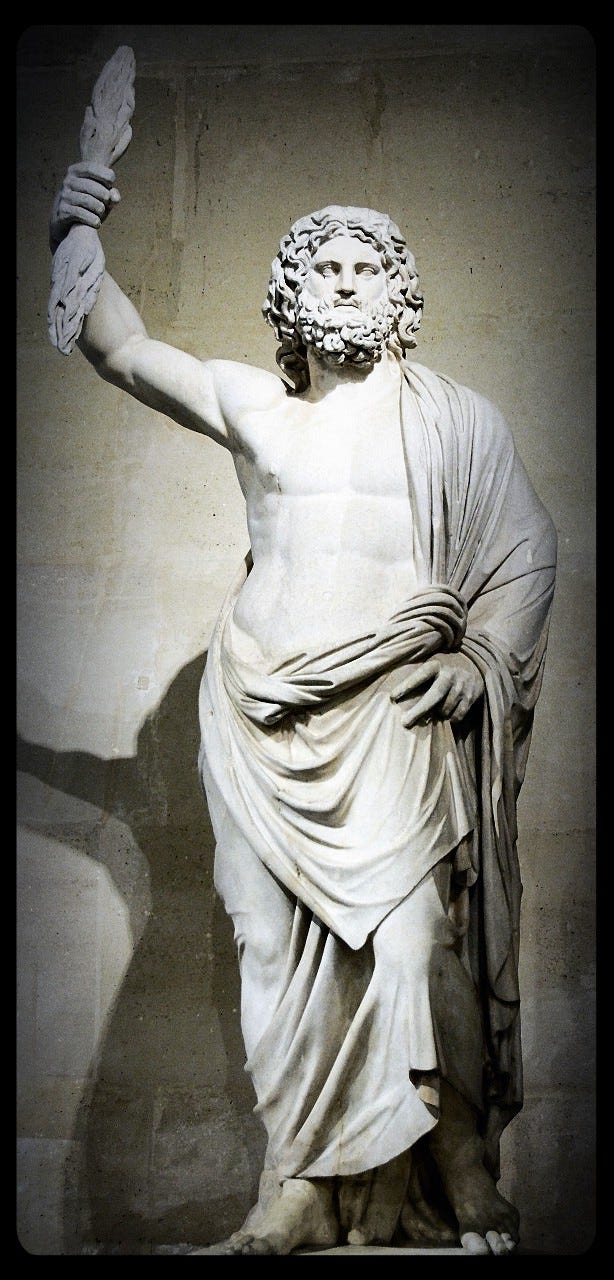Introduction to Hyperborea by Matt Morse.
Long ago Greek storytellers spoke of a land shrouded in wonder and mystery: Hyperborea. It's name meant "beyond the north wind" and it was said to lie at the very edge of the known world. The Hyperboreans were said to be a radiant people, blessed with long life, wisdom, and a culture devoted to the sun. But the Greeks were not alone in whispering of this hidden realm. Across the ancient world, other civilizations told eerily similar tales of a northern paradise. Populated with people unlike any other, of a land both unreachable yet unforgettable. Was this merely myth or a memory of something real?
To Answer this question, we follow in the steps of Euhemerus, using euhemerism. An ancient thinker who believed myths could be echoes of truth. Perhaps Hyperborea was not fantasy at all, but history that has been distorted by time, veiled in legend, yet still waiting to be uncovered.
While it is unclear if these can even be answered at all, I am excited to learn more about this topic. "Euhemerism" is a new term that I have learned and is an interesting yet odd why to think about greek mythology. This first post was a short, mainly giving small background information on the topic and what we can look foreward to in the remaining substack.

Euhemerus: The Greek Schizo
As briefly mentioned above, Euhemerus was a Greek philosopher best known for creating the approach called Euhemerism, which interprets myths as distorted memories of real historical events or people rather than purely fictional stories.
Euhemerus wrote a booked called Sacred History in which he described a journey to a distant island where he encountered a society with remarkable leaders. He argued that many gods and legendary figures in Greek mythology were actually real humans who had been deified over time because of their extraordinary deeds.
His ideas were influential because they offered a way to reconcile mythology with reason rath than dismissing myths entirely as parables. He argued that they might preserve bits of historical truth hidden beneath layers of legend. This method has been applied by later scholars to study myths from many cultures, treating them as possible windows into past events, cultures, or people.